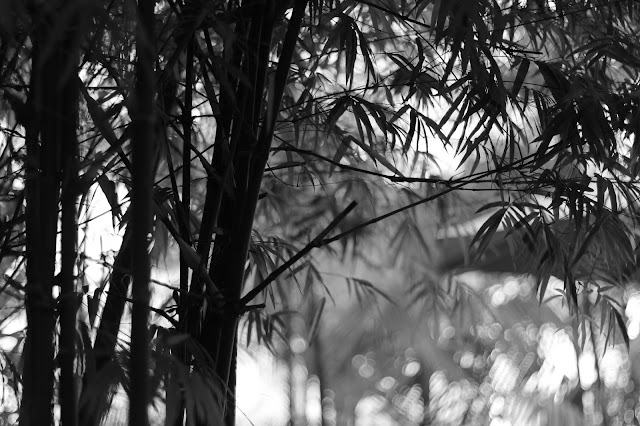My Rationale
Photography is an art that many undermine. Many
think that with a simple click of the shutter, us photographers can create a
work of art, just like that, as easy as a snap of a finger. Oh, how wrong those
people are. There is so much more to it. Dare I say, photography definitely is
not for the weak-hearted or the impatient. It requires an analytical mind with
good instinct and a keen eye for a good photograph. It is also a rather
expensive activity, but it is a good investment in the long run.
Throughout this five month journey, I learned
about the basic technical aspects which are the key factors to a good
photograph—aperture, shutter speed, ISO, how to evaluate the exposure using the
zone system and lighting. Turns out, behind something aesthetically pleasing to
the eye, there is a formula and a science behind it. I also learned a bit on
about the artistic side of photography as well, in terms of composition,
combining or juxtaposing several elements to create a uniformed composition,
and giving art direction. I also improved my communication skills—through
presentations, how to listen, helping my coursemates out, accepting the
lecturer's critique, and making sure my message gets through, in terms of
taking a photograph.
As a budding photography hobbyist, I have
gained a lot of experience throughout this course. Amidst all the blood, tears
and sweat shed, it was all worth it in the end. The path I took was indeed a
grueling yet rewarding one. I also learnt that photography is an art that
cannot be absolutely perfected, it is a constant learning process. I faced
several challenges throughout this course, such as taking really good
photographs on the spot to minimize editing, having to endure the weather,
traffic, tight deadlines to get my photographs printed, and quickly configuring
the exposure in Manual Mode. In the end, I came out as a stronger and better
artist, student and amateur photographer.
For the final assignment, I put everything I
had learnt to the test. The theme I finally settled with, after weeks of
feeling a bit lost, was 'Double Exposures: Juxtaposing Human and Nature.' I
settled with this theme because I love the relaxing effect double exposures
usually give the viewer, thus the sullen or relaxed expression on the models I
photographed. I then juxtaposed their shots with varying nature shots,
consisting of several angles, shapes, exposures, and textures. I tried my best
to make sure each photograph compliments each other, despite its difference,
and making sure nothing is out of place. I also put my Adobe Photoshop
knowledge to execution in terms of editing. Cropping, free transforming,
adjusting the contrast/levels, and screening were some of the editing that I
did. One thing quite noticeable about the end product is that the models are of
different walks of life, and this is in spirit of celebrating the rich cultural
diversity in this country, and how everything coexists in harmony.
Now, I am definitely looking forward for more, and am feeling more
confident to get involved in the design industry! Photography is an exciting
art, and a very helpful one, especially for a designer like me. It is amazing
how with a simple click of the shutter, and actually knowing what you are
doing, you can figuratively snap a photograph which paints a thousand words.
— Hidayah






























































